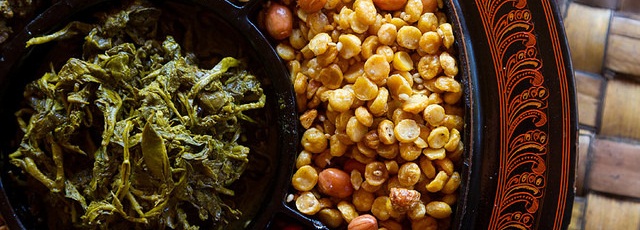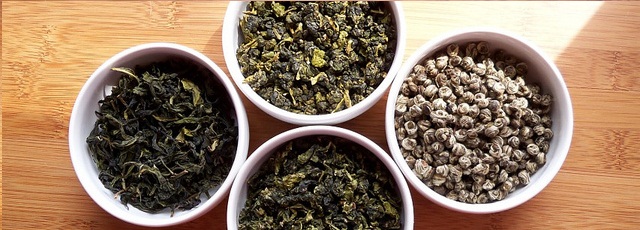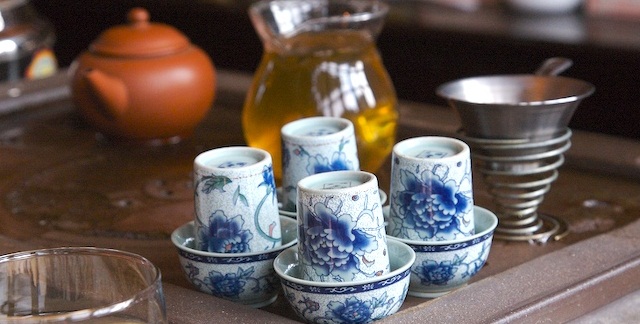Tea…. by now we have given you so much information on it. How it is processed, how it is properly prepared, and what different traditions there are when it comes to tea. But did you know that you can not only drink this magnificent plant – you can also eat it?! Yes! You are reading this correctly.
Burma or Myanmar is the country where this unique and tasty way of consuming tea started. Lahpet which translates as “green tea” (also called letpet and leppet) is a special fermented or pickled tea. Lahpet is considered to be a national Burmese dish, but it also has a very important cultural significance. Hundreds of years ago fermented tea leaves were cherished peace offering between feuding countries. Burmese kings immensely enjoyed this exotic type of tea. They even had a special official to bring it to them at a moment’s notice. A legend talks about U Ponnya – a poet and dramatist, who often presented King Mindon with pickled tea leaves and green tea. They were known to take a lot of time to discuss Lahpet and all its glory.

The Drosselmeyer Tea Infuser. Visit our Shop.
Now it has a religious meaning. And if you want to impress your guests in Burma, a tray of lahpet is a must-have. There is a saying in the country – “Of all the fruit, the mango’s the best; of all the meat, the pork’s the best; and of all the leaves, lahpet’s the best”. So it comes as no surprise that pickled tea is a big part of Burmese cuisine.
“For good lahpet let the Palaung take their time up the hills.”
The tea leaves needed to prepare Lahpet are harvested around April and May, but they can undergo the process of pickling in October. The freshest tea leaves are preferred for the Lahpet. They are usually grown in Palaung substate of Tawngpeng. Before, the first harvest of the tea leaves called natthitywet ( leaves given by the nats) was reserved only for kings and royalties. The pickled tea makes about 17% of the local annual tea consumption.
The processing of the leaves starts by picking the best and youngest ones. Before they undergo through the fermenting stage of the processing, the oxidation of the leaves is stopped by steaming them for five minutes. This is done due to the fact that steam helps the growth of certain microbes and stops the developing of the unwanted ones. The fermentation is commenced by putting the leaves in bamboo vats (or sometimes clay pots) that are then hidden inside pits and weighted. The fermentation stage is done after about 3-4 months. The color of the leaves changes from green to golden and so does the texture. After that, the leaves are put in water and go through a process similar to the rolling stage, where they are massaged gently. After the leaves are drained of water they are flavored with garlic sesame seeds and other spices.
A-hlu lahpet is a dish, used in religious ceremonies. A-hlu translates as alms. It is presented in a dish called lahpet ohk – a shallow plate divided into little sections. A-hlu lahpet is served during weddings and hsun jway – a tradition where an offering is given to a monk. Pickled tea is also presented as a gift to Nat or spirit that is thought to guard the forest, rivers, and mountains. Lahpet, spiced with sesame seeds is put in the middle of the lahpet ohk and other accompaniments are added – garlic, peanuts, dried shrimps, ginger, and coconut.
This pickled tea is considered to have significant health benefits that can help with digestion and tiredness. As Lahpet has a lot of caffeine, it is a very popular dish amongst students in order for them to stay alert during exams. A regular size lahpet dish has about 200 calories. It is made out of 12g of fat, 50g sodium and 10 g or protein.
Another way of consuming Lahpet is in a form of a salad called Lahpet thohk. A very common dish in the country, this type of salad could be found everywhere – even on a simple stand on the street. It is made by mixing ingredients like tomatoes, garlic, peanuts, green chilies, fish sauce, and cabbage. Often it is accompanied by rice. Lahpet thohk is the culmination of every meal in Burma.
There is also a sweet recipe made with young pickled tea and carambola called Zayan lahpet.
Image copyright: Eats and Retreats, All rights reserved, Source: Flickr



